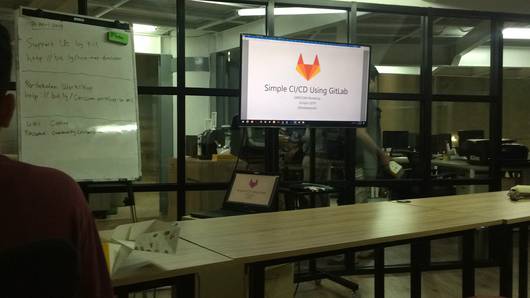It's common when you're using a third party library, there's come a point when you need to make some changes to accomodate your project requirements. On Github, it easy to fork the repository into your own repo and start making all the changes you need.
One thing to consider when creating a fork is that you always want your changes to be merged back with the upstream repo. This will lift out lot of burden in maintaining your changes and syncing it out with the changes in the upstream. To facilitate this, you have to do a number of things that will help this 'merging' process easier both on your part and also original developer(s).
Always create a specific branch for the specific changes you want to made. This will help in sending a pull request back as it would allow the original developer(s) to review the changes atomically.
Because of the first rule above, it mean changes you did would span into more than 1 branch, so how would you use that in your project ? So you need to create another branch, called it develop or something and merge all the changes in other branches into this branch. So you would probably have list of branches such as:-
* develop
master
remotes/origin/HEAD -> origin/master
remotes/origin/develop
remotes/origin/master
remotes/origin/signup-form-mixin
remotes/origin/update-email-verify
Any changes that specific to your project need and never intended to be
merged with upstream repo should be in develop branch. Never make any
changes to the master branch. That branch should only be the place
where you pull changes from upstream.


